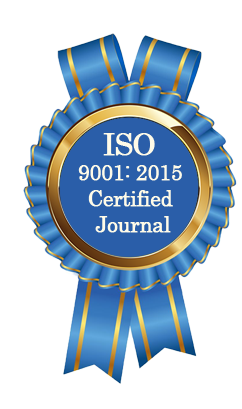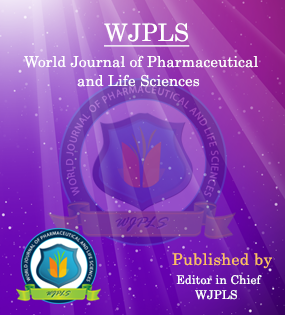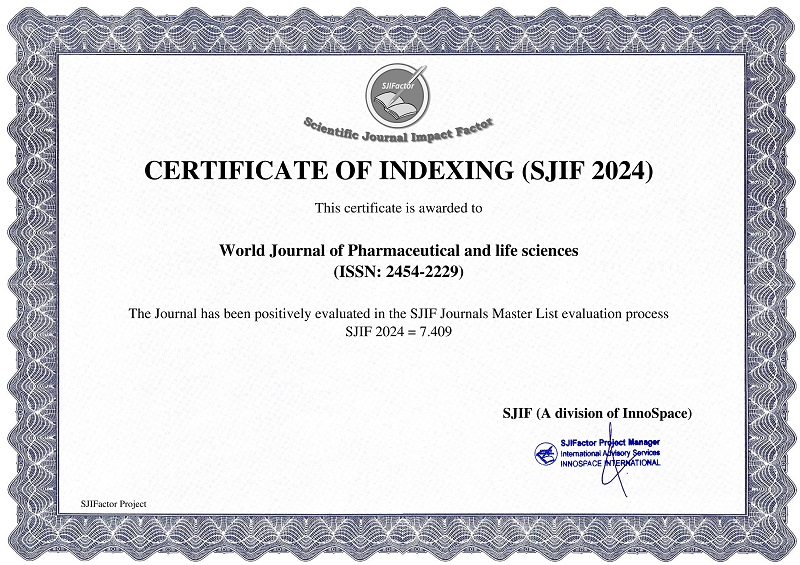Abstract
WORK-RELATED HEALTH PROBLEMS AND HEALTH SEEKING BEHAVIOR AMONG RICE MILL WORKERS
Dr. Afia Akhtar Jahan*, Md. Shafiur Rahman, Irin Hossain and Afsana Nazneen
ABSTRACT
Background: Rice mill workers mostly fall into the unorganized sector. Workers are more susceptible to work-related respiratory and musculoskeletal diseases and various kinds of health problems like ophthalmological, dermatological, and gastrointestinal symptoms, injuries and accidents at work place. The aim of this study is to find out the morbidity profile, work-related factors, and health-seeking behavior among rice mill workers. Method: A comparative cross-sectional workplace-based study was conducted during January–December 2023 among 366 workers in automated and manual type of rice mills in Chapainawabganj Sadar Upazila. Interviews were conducted with workers who had been engaged in the rice mills for a minimum of 1 year and had provided informed written consent. The interviews were carried out using a pre-designed questionnaire that had been pre-tested. Results: The majority of responders in automated and manual mills were adults (20–29 and 30–39 years old). Most respondents (67.2%) had no formal education in manual milling, however 36.1% of automated mill workers had up to secondary school education. Any variety of PPE was not worn at all by the workers. Most workers in both mills worked >48 hours per week. Coughing was widespread among rice mill workers: 64.75% in automated and 59.02% in manual mill. The most prevalent musculoskeletal complaint of automated and manual mill workers was lower back pain (52.46% and 75.41%, respectively). In the automated rice mill, 36.88% had eye irritation or burning, while 27.05% in the manual mill had red eyes. Most rice mill workers (51.64% and 63.11%, respectively) had skin itching or irritation. The automated rice mill workers experienced 33.61% anorexia or nausea, while 37.29% manual rice mill workers had constipation. At both mills, 36.1% and 41.4% had experienced workplace injuries or accidents. In both rice mills, 95.90% and 97.95% prefer allopathic treatment from a quack or nearest pharmacy when unwell. The most respondents had a self-medication tendency of 84.4% and 95.1%, respectively. Both type of rice mills did not offer maternity leave or other medical benefits. Conclusion: In a nutshell, adequate health care, along with personal protective equipment and related medical facilities provided by the respective authorities, needs to be put into practice in order to lessen the health problems of the rice mill workers and improve their health-seeking behavior.
[Full Text Article] [Download Certificate]WJPLS CITATION 
| All | Since 2020 | |
| Citation | 590 | 424 |
| h-index | 12 | 10 |
| i10-index | 17 | 14 |
INDEXING
NEWS & UPDATION
BEST ARTICLE AWARDS
World Journal of Pharmaceutical and life sciences is giving Best Article Award in every Issue for Best Article and Issue Certificate of Appreciation to the Authors to promote research activity of scholar.
Best Article of current issue
Download Article : Click here





